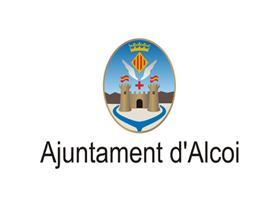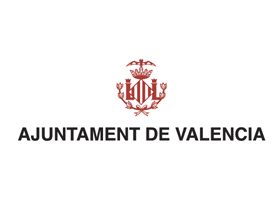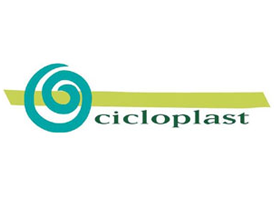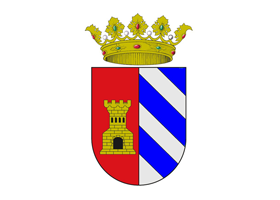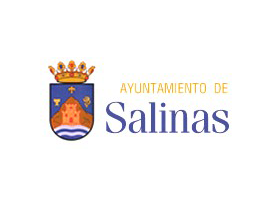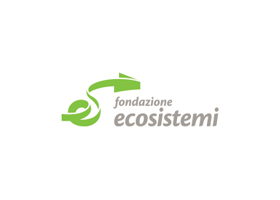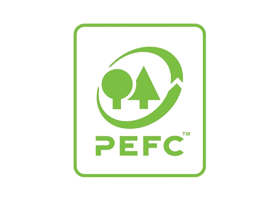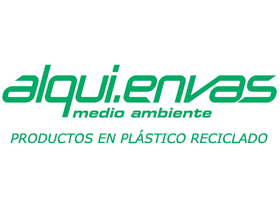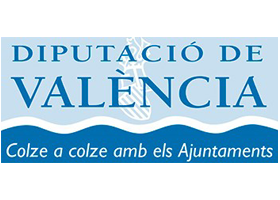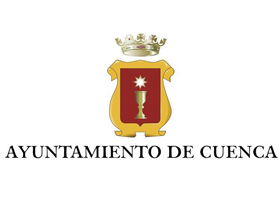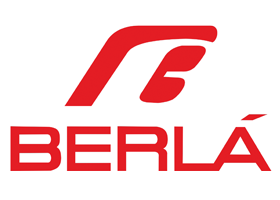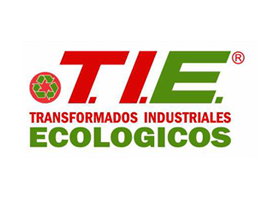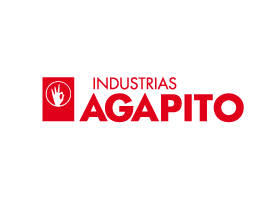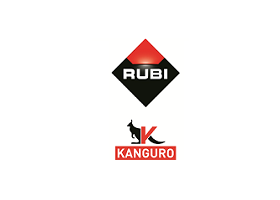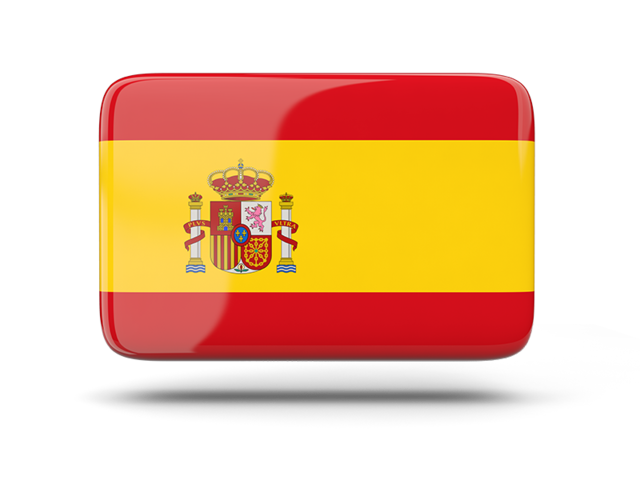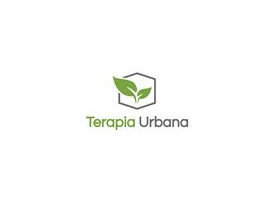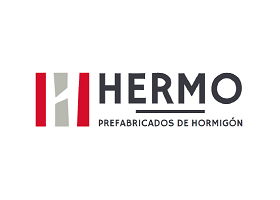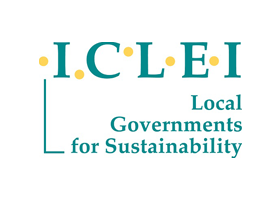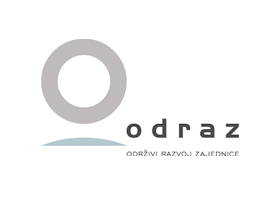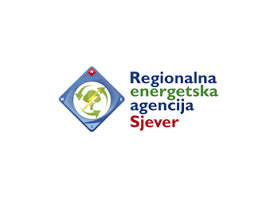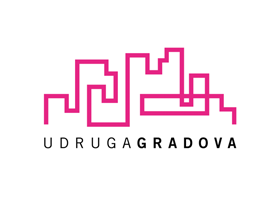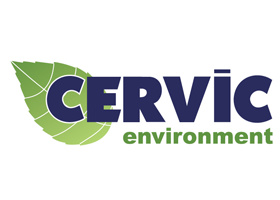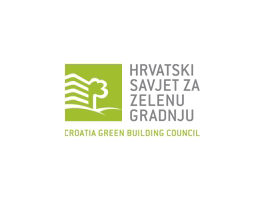In this section, you can access to the latest technical information related to the FUTURE project topic.
Samarpan Foundation, an NGO that works in the areas of rural and urban development in multiple fields has pioneered a method of eco-construction technology with waste plastic bottles and fish net that is proven to withstand earthquakes of up to 9.8 on the Richter scale. The bottle house constructions would address 2 major challenges facing the country namely, shortage of affordable housing and disposal of plastic bottle (PET) waste. These novel homes made from plastic bottles and fish net are affordable, easy to build, energy self-sufficient, well-insulated, earthquake resistant, fire-proof, and offer a sustainable solution to the ever growing pollution problem. In the present scenario, PET bottles are becoming the bane of modern civilization. Plastic bottles that are non-bio degradable take hundreds of years to disintegrate. Their disposal poses a challenge in waste management. The scientific disposal of plastic waste through segregation, collection, treatment or constructive usage in an environmentally sound manner is the need of the hour.
After successfully completing projects with this eco-technology in various cities including a 30-bed hospital in Sunderbans West Bengal; a villa in Bangalore and climate sensitive earthquake resistant establishments in Nepal; besides a classroom in Samarpan School in Kishangarh, Delhi, among others, Samarpan Foundation has applied for and is in the process of registering its patent for Nylon-6 Fish Net and PET Bottle Construction under the Patents Act, 1970, with the Controller of Designs under the Design Act, 2000 and under the Copyrights Act, 1957.
According to Patrick San Francesco, Chairman of Samarpan Foundation, “India faces a housing shortfall of 19 million dwelling units. By using these PET bottles and fish net, one gets to build sustainable and earthquake resistant homes that reduce carbon footprint and also give rise to cottage industry by giving employment opportunities to the old and infirm. We found that when a PET bottle is filled with mud or sand and recapped, it can be used as a solid, everlasting brick. We have successfully replaced steel in the RCC slab with Nylon-6 fish net at a mere 1% of the cost of steel, utilizing its high tensile strength. The non-biodegradable PET bottle has a high tensile strength to weight ratio making it strong, durable and versatile. PET bottles are non-brittle and also act as heat insulators. They can therefore withstand heavy shock loads, earthquakes and other natural disasters. Construction with PET bottles greatly reduces waste by lowering the demand for conventional bricks and thus carbon emissions during baking, all the while reducing plastic waste.”
For a region of the world where money tends to be scarce, the bottle houses are estimated to cost 1/3 of a house made of concrete and bricks. Around 10,000 bottles are required for a 250 square foot building. Also, the structure is adaptable with bricks and stones along with fish net. Samarpan Foundation gets the bottles free from the top and mid-level hotels that would otherwise just discard them. Plastic bottles houses are easy to build with less construction material to use. The technology also reduces the carbon emission that happens during the baking of an ordinary brick. PET Bottle can last as long as 300 years; undoubtedly longer than the cement used to bind the bottles together in the walls.

» More Information
« Go to Technological Watch
